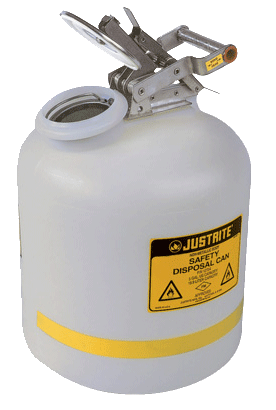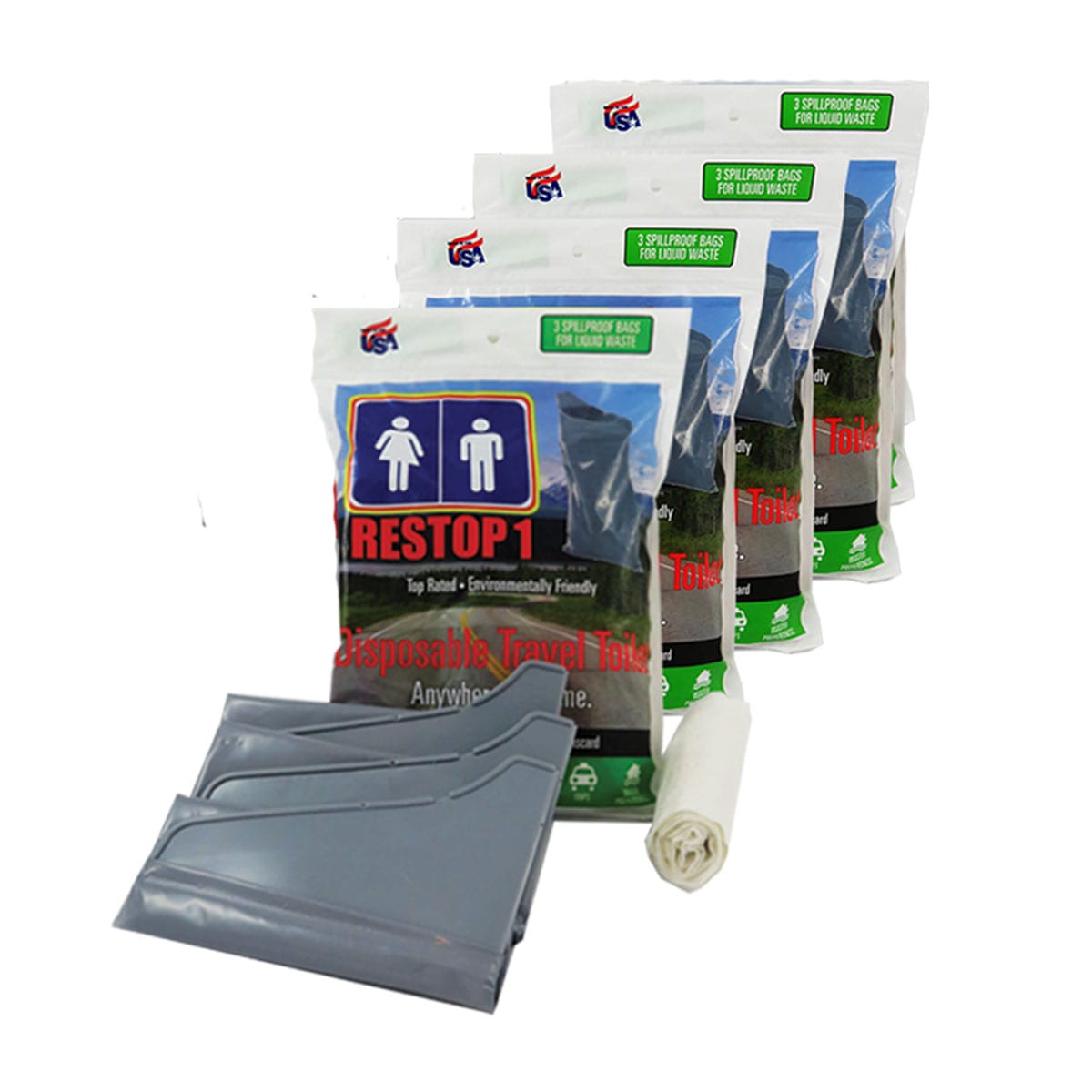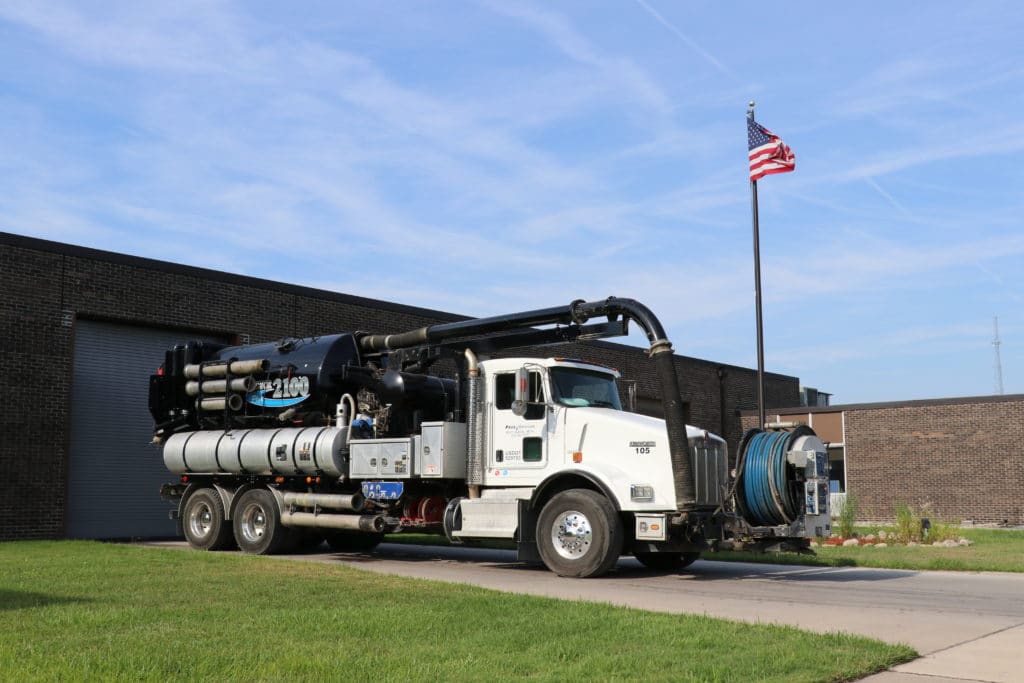Industrial Wastewater Treatment: Advanced Approaches for Effective Monitoring
Industrial Wastewater Treatment: Advanced Approaches for Effective Monitoring
Blog Article
How Fluid Waste Disposal Works: An In-depth Summary of Techniques and Technologies Utilized

Overview of Fluid Waste Types
The intricacy of fluid waste types necessitates a thorough understanding of their qualities and implications for disposal. Fluid waste can extensively be classified right into a number of types, including commercial, community, farming, and hazardous waste. Each category exhibits distinctive properties, calling for particular administration strategies to mitigate environmental and wellness dangers.
Industrial liquid waste originates from producing processes and usually consists of a variety of contaminants, such as hefty metals, solvents, and natural substances. Local fluid waste, primarily making up wastewater from families and industrial facilities, has organic matter, nutrients, and microorganisms (industrial wastewater treatment). Agricultural fluid waste, including overflow from ranches, may have fertilizers, chemicals, and animal waste, presenting threats to water quality and communities
Dangerous fluid waste is identified by its poisoning, sensitivity, or prospective to create damage. This classification includes compounds like acids, bases, and particular chemicals that necessitate rigid handling and disposal protocols. Comprehending these diverse liquid waste kinds is vital for establishing efficient disposal methods and ensuring compliance with environmental policies. Appropriate category and characterization are vital for carrying out proper therapy strategies and decreasing the adverse influence on public health and wellness and the environment.
Physical Therapy Approaches

Testing is the first step, where bigger fragments and particles are eliminated from the liquid waste making use of displays or grates. In sedimentation containers, larger fragments resolve at the bottom, creating a sludge layer, while the made clear fluid can be additional treated.
Purification is one more necessary approach that entails passing the fluid via permeable products, such as sand or membrane layers, to capture smaller fragments. This action enhances the high quality of the fluid, making it ideal for subsequent treatment procedures.

Chemical Therapy Methods
Chemical treatment strategies are essential for effectively handling liquid waste, especially in resolving liquified and colloidal impurities that physical approaches may not effectively get rid of. These methods utilize various chemical representatives to reduce the effects of, speed up, or change harmful materials into much less unsafe types.
One typical method is coagulation and flocculation, where chemicals such as alum or ferric chloride are contributed to advertise the aggregation of suspended fragments. This process boosts sedimentation, permitting easier elimination of the resulting sludge. Additionally, oxidation procedures, utilizing representatives like chlorine or ozone, are used to break down complex organic substances and pathogens, providing the waste safer for discharge or further therapy.
Neutralization is another vital strategy, which changes the pH of acidic or alkaline waste streams to neutral levels, avoiding potential harm to downstream systems and the atmosphere. In addition, progressed oxidation procedures (AOPs) make use of combinations of oxidants and ultraviolet light to degrade persistent contaminants, attaining a greater degree of treatment effectiveness.
Biological Therapy Processes
Organic therapy procedures play a crucial duty in the administration of liquid waste by making use of microbes to disintegrate raw material and decrease contaminant levels. These processes can be generally categorized into cardio and anaerobic therapies, each using specific microbial neighborhoods to accomplish efficient waste degradation.
Cardiovascular treatment includes the use of oxygen to help with the breakdown of organic materials by bacteria. This process is commonly applied in triggered sludge systems, where aeration tanks provide a favorable atmosphere for microbial development, bring about the oxidation of natural toxins. The resultant biomass can be separated from dealt with effluent through sedimentation.
On the other hand, anaerobic treatment takes place in the lack of oxygen, counting on different germs to break down natural issue. This approach is particularly useful for high-strength waste, as it creates biogas, a renewable resource resource, while minimizing sludge manufacturing. Technologies such as anaerobic digesters are regularly utilized in commercial and local applications.
Both anaerobic and cardiovascular biological therapies not only minimize the environmental influence of fluid waste however additionally promote source recuperation, making them necessary parts of lasting waste management approaches. Their effectiveness, performance, and adaptability support their extensive execution throughout numerous industries.
Emerging Technologies in Disposal
Ingenious methods to liquid waste disposal are rapidly progressing, special info driven by advancements in modern technology and an enhancing emphasis on sustainability. Amongst these arising modern technologies, membrane bioreactors (MBRs) have actually acquired grip for their capability to incorporate organic therapy with membrane layer filtering, resulting in high-quality effluent that can be recycled in various applications. MBRs allow smaller footprints and a lot more effective procedures contrasted to traditional systems.
Another appealing growth is making use of anaerobic digestion combined with nutrient healing modern technologies, which not only treats liquid waste however additionally generates biogas and recuperates beneficial nutrients like nitrogen and phosphorus. This twin benefit enhances source effectiveness and reduces ecological effect.
Additionally, advanced oxidation processes (AOPs) are being adopted for the degradation of complicated organic contaminants. These methods use effective oxidants and drivers to break down pollutants at the molecular level, offering a very effective remedy for tough waste streams.
Moreover, the combination of expert system and maker discovering in waste management systems is enhancing functional effectiveness and predictive maintenance, bring this post about minimized prices and enhanced environmental compliance. These innovations mirror a substantial change in the direction of even more sustainable and reliable fluid waste disposal methods.
Verdict
In final thought, reliable liquid waste disposal requires a thorough understanding of numerous techniques and innovations. By continuously advancing these approaches, it comes to be feasible to attend to the expanding difficulties connected with liquid waste, inevitably contributing to environmental security and resource recovery.
Fluid waste disposal is a critical facet of environmental management, calling for a detailed understanding of numerous strategies and innovations customized to different waste kinds. Liquid waste can generally be categorized into a number of kinds, including commercial, metropolitan, farming, and hazardous waste. Agricultural fluid waste, consisting of runoff from ranches, might contain plant foods, chemicals, and animal waste, presenting dangers to water high quality and communities.
Different physical treatment approaches play an essential role in handling liquid waste effectively - pop over to these guys industrial wastewater treatment.In verdict, effective liquid waste disposal necessitates an extensive understanding of different techniques and modern technologies
Report this page